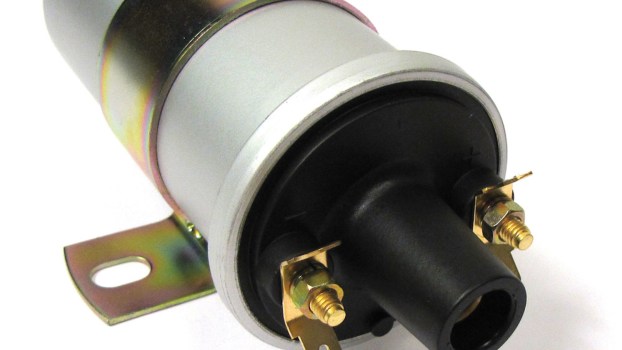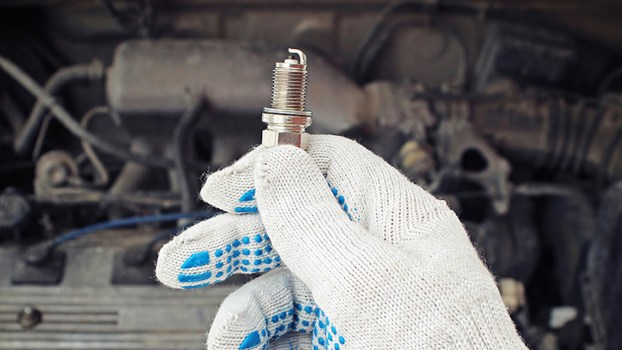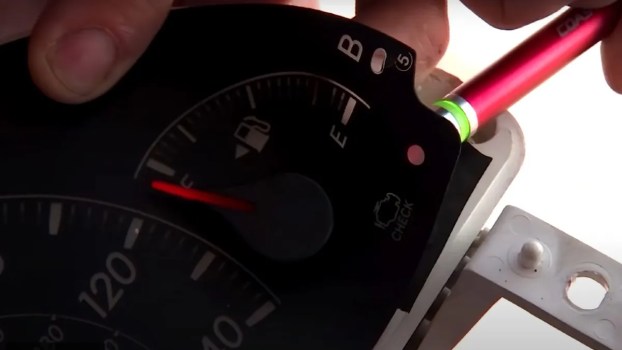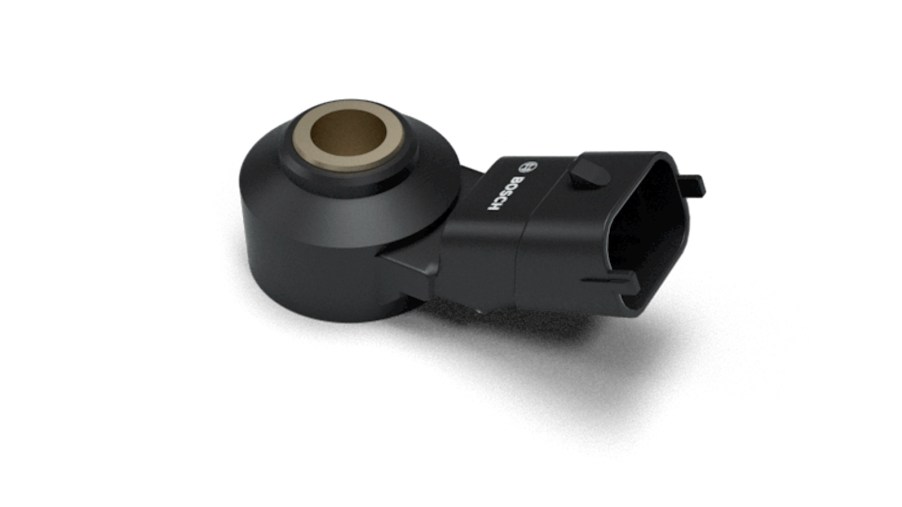
A Bad Knock Sensor is Better Than the Alternative
Is your car low on power? Is your fuel mileage suddenly crap? Or are you seeing a check engine light and your code reader shows some code between P0324-P0334? You may have a bad knock sensor. And as much of a pain as it is to swap that sensor and get your engine running right, it’s better than the alternative: The sensor is working fine and you’ve developed an engine knock because of some bigger issue.
What can throw a knock sensor code?
Not to be too elementary: but you’ll see a knock sensor “check engine” code if something is tripping your knock sensor OR if the sensor is malfunctioning and sending out a false alarm.
What could trip your knock sensor? A number of engine malfunctions that cause dangerous vibrations could be to blame. But one of the most common is what the device is designed for: an engine “knock” due to a problem with your ignition timing.
Here are some common check engine light codes for a knock sensor issue:
| Check Engine Code | Meaning |
|---|---|
| P0324 | Knock Control System Error |
| P0325 | Knock Sensor Malfunction (Sensor 1, Bank 1) |
| P0326 | Knock Sensor 1 Circuit Range / Performance Bank 1 |
| P0327 | Knock Sensor 1 Circuit Low Input (Bank 1 or Single Sensor) |
| P0328 | Knock Sensor 1 Circuit High (Bank 1) |
| P0329 | Knock Sensor 1 Circuit Intermittent (Bank 1) |
| P0330 | Knock Sensor 2 Circuit (Bank 2) |
| P0331 | Knock Sensor 2 Circuit Range / Performance Bank 2 |
| P0332 | Knock Sensor 2 Circuit Low Input (Bank 2) |
| P0333 | Knock Sensor 2 Circuit High Bank 2 |
| P0334 | Knock Sensor 2 Circuit Intermittent (Bank 2) |
Other symptoms of a bad sensor can include low power and poor fuel efficiency.
What does a knock sensor do?
This sensor detects engine malfunctions–such as an engine “knock”–through vibrations. This allows the ECU to tune the engine aggressively, without danger of knocking.
So what the heck is an engine knock? It sounds like a metallic pinging and it is caused by the fuel/air mixture in the cylinder igniting at the wrong time.
Picture this: you have an old school engine on which you can manually adjust the moment the spark plugs ignite the fuel/air mixture. You can tune it for maximum power at high rpm by “advancing” the moment the plugs fire. But if you advance it too far, you risk developing a “knock” phenomenon that could damage the engine.
Now fast-forward to a modern engine with a computer (ECU) that continually adjusts its ignition timing for maximum power and efficiency. This ECU uses one or more sensors to “hear” when it has gone too far and needs to readjust–according to the SAE.
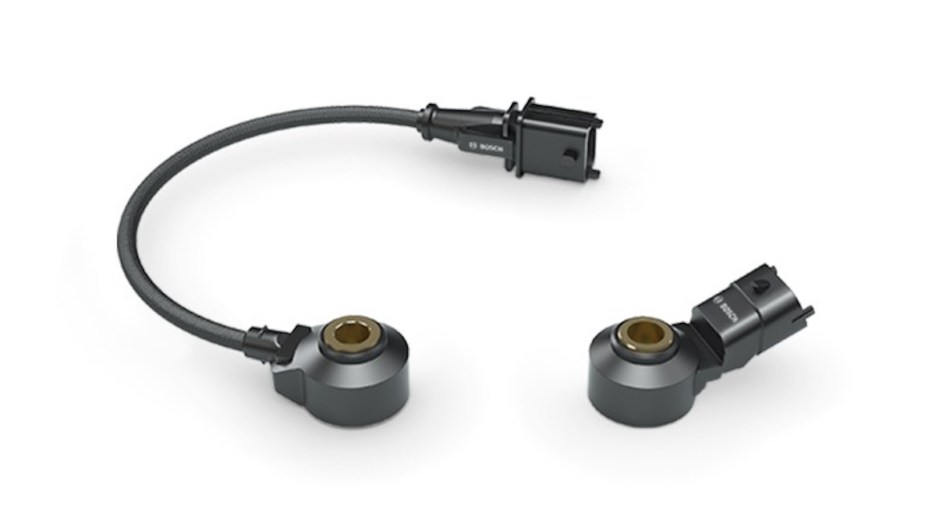
Finally, imagine a worn out “new” engine. There are three major ways it can malfunction: A faulty knock sensor may not detect engine knocks, so the ECU tunes the timing too aggressively and creates a knock. Or, a faulty sensor may send out a false alarm, so the engine backs off timing and robs you of power. Finally, some problem may prevent the ECU from tuning ignition timing and cause a knock that the engine detects and causes a warning message/check engine light.
So, if you get a “knock sensor malfunctioning” warning, you’ll want to replace it so the engine doesn’t damage itself. If you get an “engine knocking” warning, you might try replacing your knock sensor, hoping that is the problem. And that would be cool, because it’s probably cheaper than diagnosing an actual engine knock. But of course there’s a good chance the sensor is working and the ignition timing is off.
Is a knock sensor hard to replace?
Honestly, it depends where on your engine your knock sensor is placed. Also, if it is rusted in place or its wires are corroded you may want to have a professional to swap the sensor so you don’t cause additional damage.
Some knock sensors are buried under the intake manifold, deep in the valley of the “V” of a V6 or V8. More recently, automakers found the sensor was just as effective when in a more accessible location on the side of the engine.
A DIY job you may be able to do yourself
If your knock sensor is already malfunctioning, placed somewhere that’s easy to reach, and it is easy to pull and swap a new one in, there’s no harm in trying to swap it yourself. If your vehicle continues throwing a knock sensor malfunction check engine code, time to get someone more experienced on the job.
Do note that many motors have multiple knock sensors, so you’ll need to figure out which one is bad or replace them all.
Next, find out how to ‘read’ your spark plugs to learn your engine’s secrets, or see where some knock sensors are located and how to replace them in the video below:
